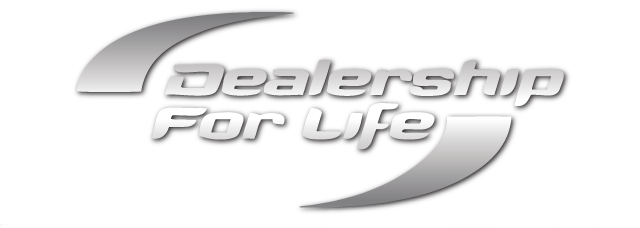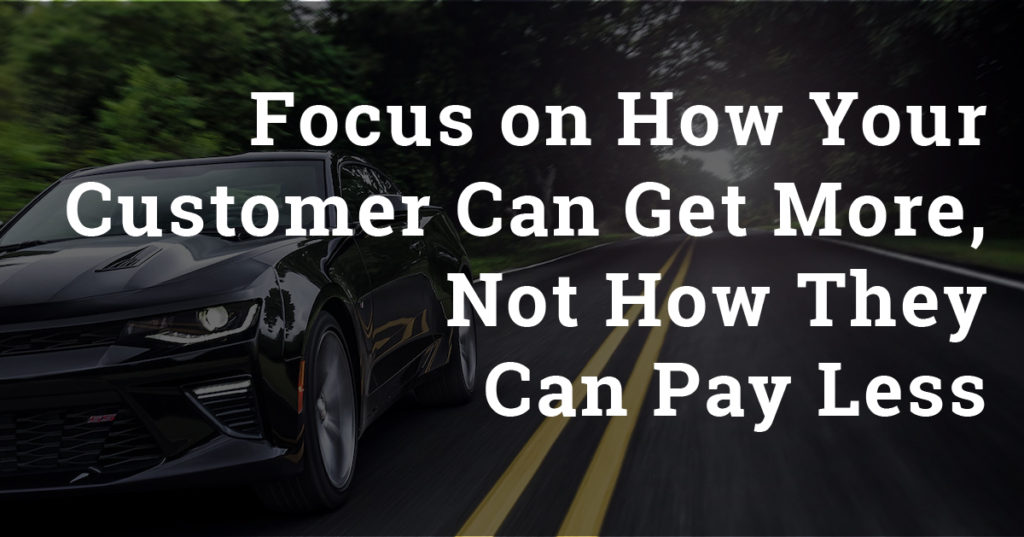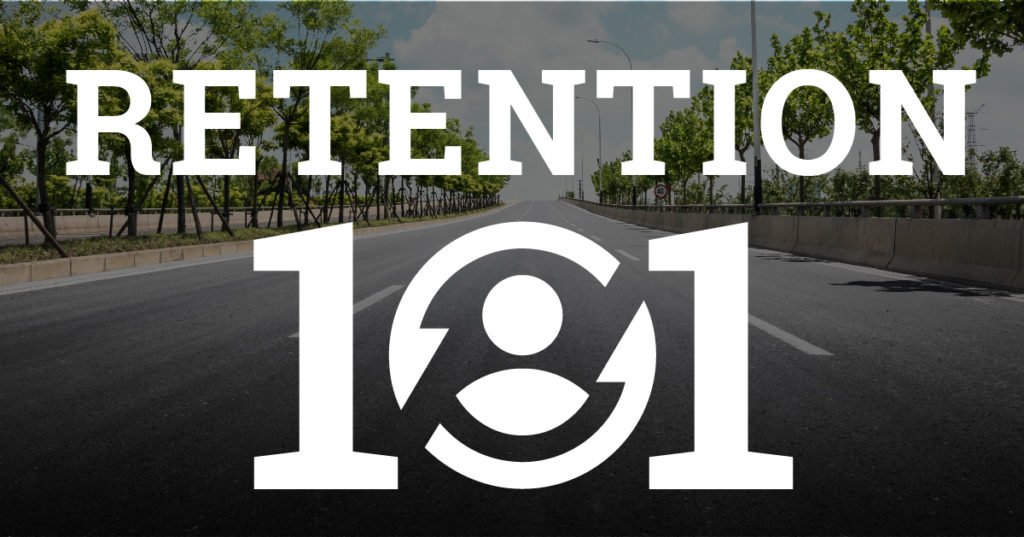You are thinking that you need a retention program to move your business model to the next plateau but you are not sure of what to expect? I have been training and installing retention programs for dealers for close to 10 years and here is what I know.
A Golden Rule in the creation of a Loyalty Program is to never start a retention program unless you are 100% committed to it. What I mean is that you are going into it with realistic expectations, you are looking at it as a long-term program and that you will work to ensure it becomes a culture in your business. When you open the doors each day it will be a priority and the way you conduct your business!
Let’s talk about the realistic expectations. There are immediate short-term gains, but you must be patient to realize the long-term success of your program. I will break down into 3 categories what you should be looking for. These categories are Sales, Service and Repeat Buyers.
Sales: Immediately, you will be offering a greater value-add to your customer in the buying experience which, if properly implemented, should result in higher front-end gross profits, added sales volume, higher CSI scores, more referrals and additional tools to make it easier to close more deals. You want to think of the benefits you offer as a “Why buy here instead of from my competition?” Most importantly, it will set you apart from your competition. They simply will not be able to compete with you on VALUE. Some common components that make up the benefits that you could offer each sales customer are Engine Guarantee, oil changes, tire rotations and car washes. These each have a high perceived value and help to overcome price objections. You couple these benefits with what you already are providing, such as Gourmet Coffee and Snacks, Children’s play area, shuttle service, pick-up and delivery service, etc. and you have just moved to a new plateau in how you value your customer. It is like the verse in the bible, Luke 6:38,and I am paraphrasing, “Give and you shall receive”.
Service: If you are like most Dealers you probably fall somewhere in the range of 30 to 40% retention currently (as measured only by NEW vehicle sales and reported by your OEM based on 2 service visits within the first year after purchase). A properly designed, value-add, retention program will double your current percentage of sales customers that are using your service department. Rewarding your customer each time he services with you gives you a great opportunity to up-sale at the next visit through “found money”. It is a more honest way of conducting business in that the customer begins to feel that you have a vested interest in taking care of them by keeping them safe and operational. Each visit is an opportunity to prepare for the next visit and set realistic expectations on what services will be needed. You can expect your absorption rate to move closer to the gold standard of 100%, an increase in the number of repair orders daily and more customer dollars spent per RO. In every case where we have conducted an audit of who spends more, we find that the customer that is a member of your retention program spends anywhere from $12 to $226 more per visit than a non-member customer. An increase in repair orders results in more labor hours and more parts being sold.
Repeat Buyers: A customer that bought from you and serviced with you during their ownership cycle will return to you for their next vehicle approximately 86% of the time vs. a customer you sold and who never serviced with you returns to repurchase less than 25% of the time. It is a reality that it is much easier to resale a vehicle that you originally sold new and serviced. You want this trade-in as it is much more valuable than an auction vehicle! The typical time this type vehicle stays on your lot is approximately 2 weeks. By installing a well thought out retention program you are guaranteeing that you will increase your % of resales and receive a highly valuable trade-in as a part of the deal. You have created a “Pre-Owned Vehicle Factory”.





